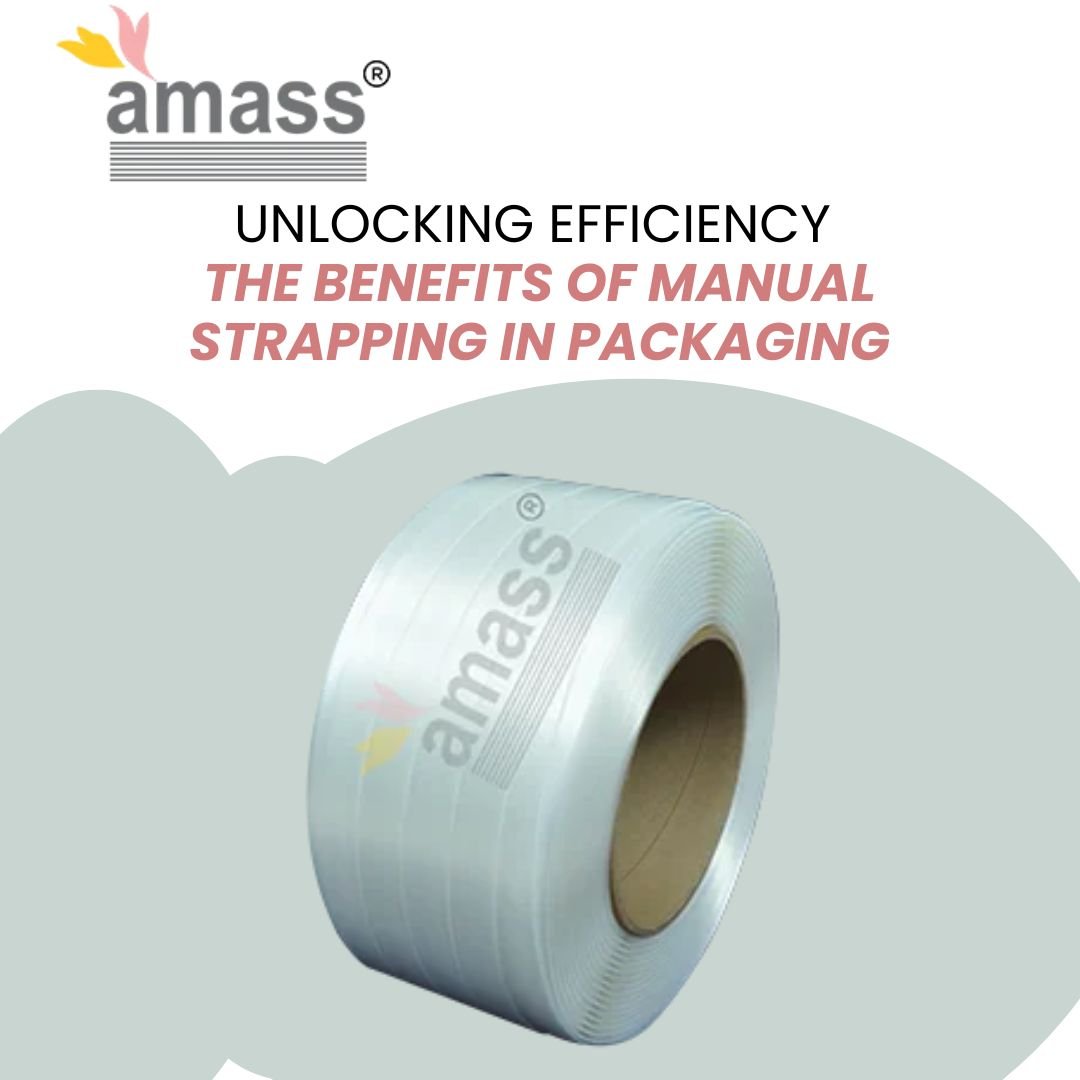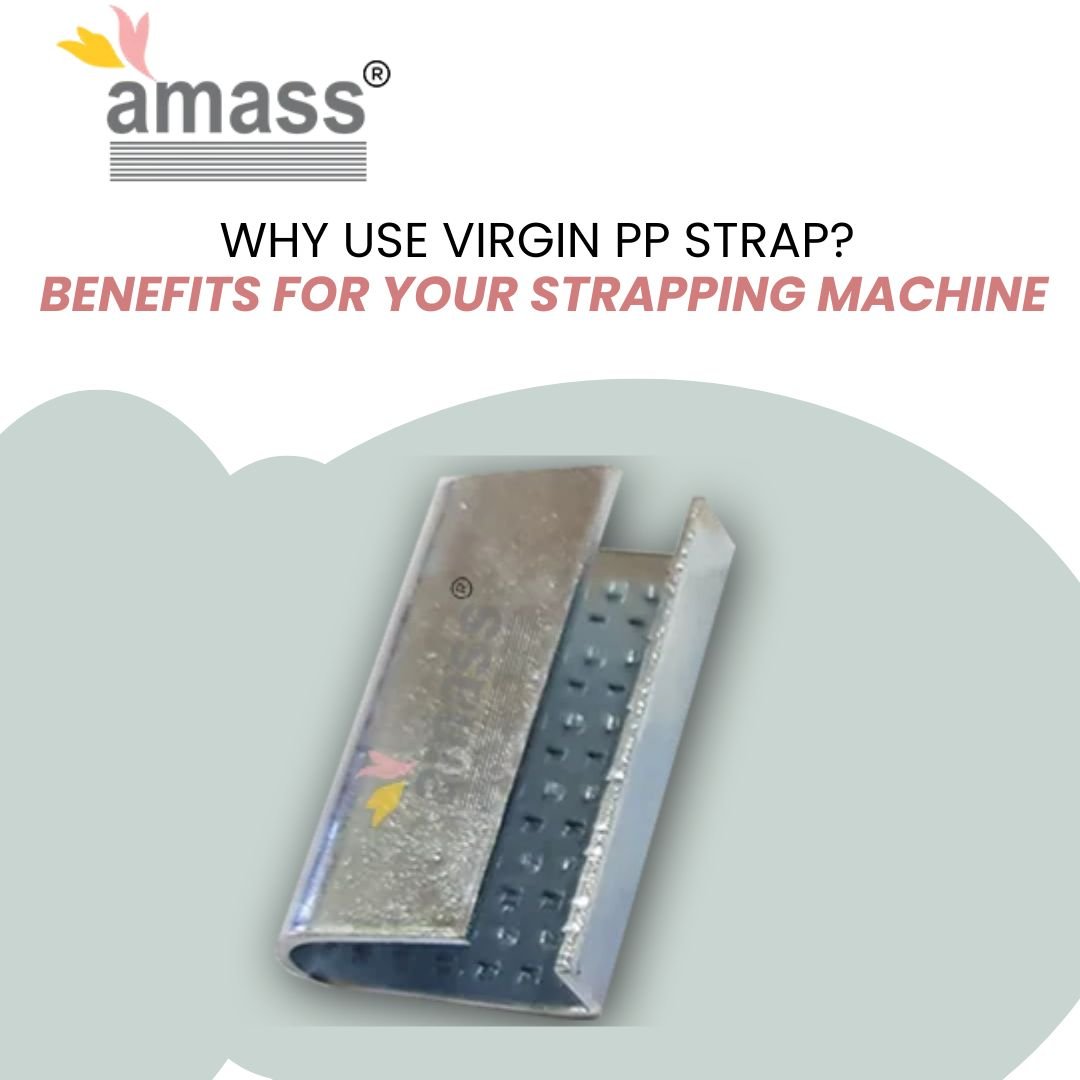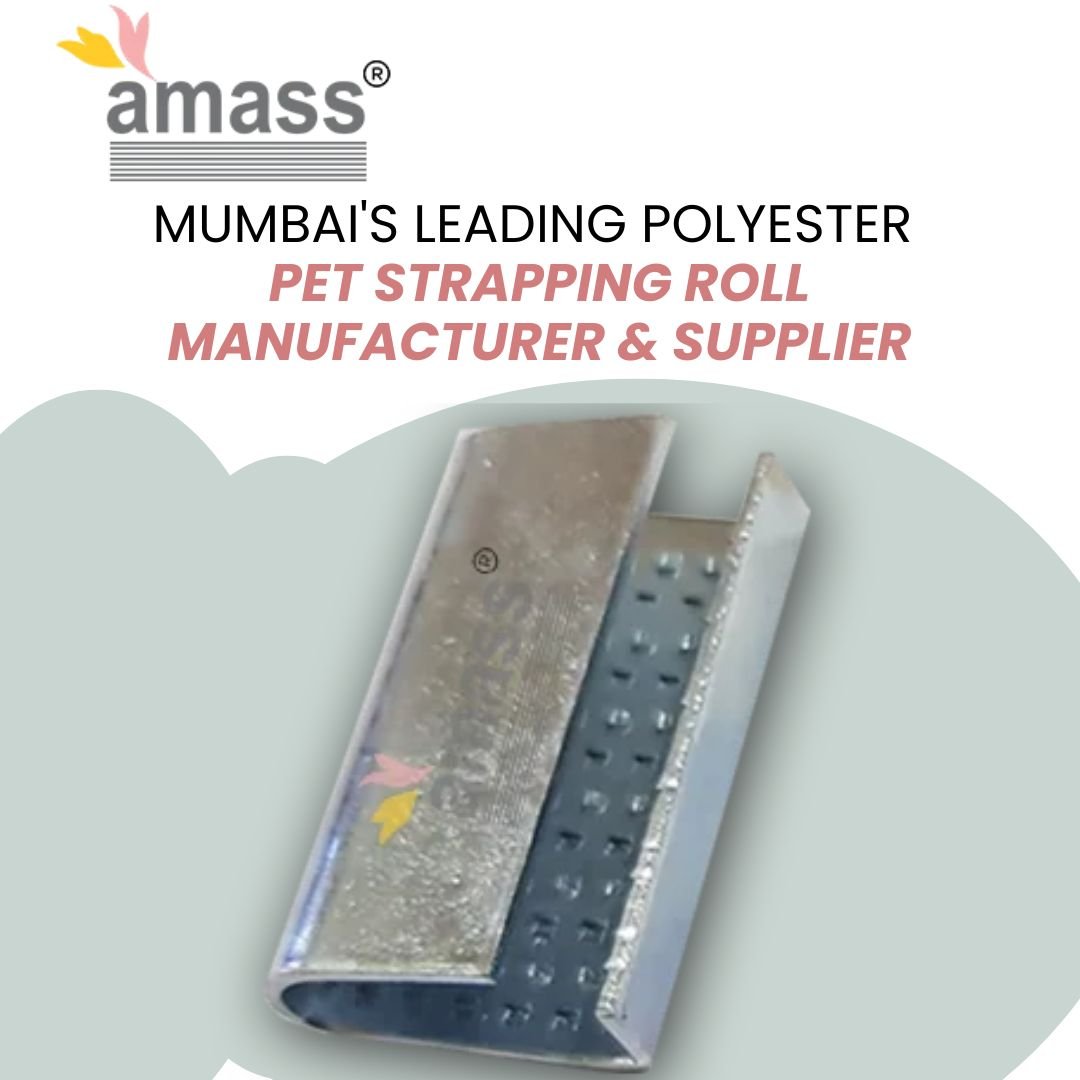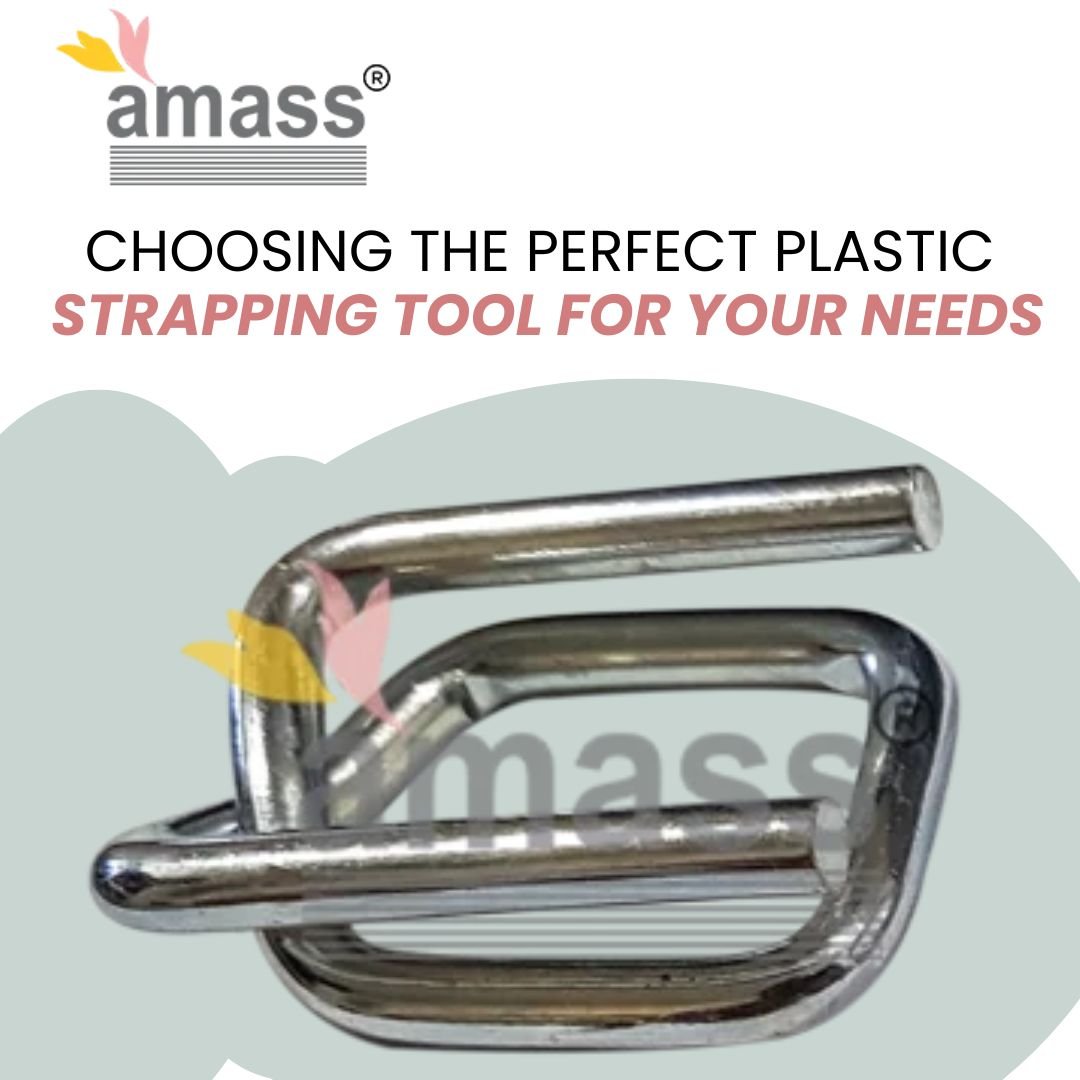Unlocking Efficiency: The Benefits of Manual Strapping in Packaging

Choosing the Perfect Plastic Strapping Tool for Your Needs
July 12, 2025
Mumbai’s Leading Polyester PET Strapping Roll Manufacturer & Supplier
July 23, 2025The $83 billion packaging machinery market has one dirty secret: bigger isn’t always better. While industry headlines chase automation glory, companies are saving, on average, 78% by making a counterintuitive choice. They’re doubling down on manual strapping—not despite efficiency concerns, but because of them.
The numbers tell a story Wall Street doesn’t want to hear. If your operation is strapping fewer than 20 or so loads per day, then using manual methods might be best—a threshold that captures more businesses than the automation evangelists care to admit. The revelation? Manual strapping isn’t the consolation prize for small operators. It’s the strategic advantage hiding in plain sight.
The Hidden Economics of Manual Mastery
Here’s where conventional wisdom crashes into cold reality. Companies typically spend 10-40% of the product’s retail price on packaging, but most calculate only the obvious costs. They miss the operational leverage that manual systems deliver through three critical channels: capital efficiency, operational flexibility, and risk mitigation.
Capital efficiency starts with brutal math. Automatic strapping machines demand massive upfront investments plus ongoing maintenance contracts that can eclipse the original purchase price. Manual systems flip this equation entirely. Your capital stays liquid, your cash flow stays healthy, and your balance sheet stays clean.
Operational flexibility becomes your secret weapon when market conditions shift—and they always shift. Manual machines provide flexibility and versatility for smaller-scale or custom packaging needs, adapting to product variations, seasonal demands, and client specifications without expensive retooling or programming delays.
The Productivity Paradox Solved
The automation lobby sells a seductive story: machines work faster, therefore they’re more productive. But productivity isn’t just about speed—it’s about optimizing total system performance. Manual strapping systems excel in three dimensions that automated solutions struggle to match.
Precision Under Pressure
In the fast-paced world of packaging and bundling, efficiency, precision, and durability are paramount—and manual systems deliver all three without the complexity overhead that plagues automated solutions. When stakes are high and margins are thin, operator control beats algorithmic guesswork every time.
Zero-Downtime Operations
Automatic systems promise efficiency but deliver vulnerability. One sensor fails, one calibration drifts, one software glitch occurs—and your entire line stops. Manual systems eliminate these single points of failure, maintaining consistent output even when components need attention.
Skills That Scale
Here’s the insight that changes everything: manual strapping expertise transfers. Train your team on manual systems, and you’re building portable skills that work across facilities, adapt to new products, and scale with your business growth. Automation expertise? It’s machine-specific, vendor-dependent, and obsoletes with every technology cycle.
The Smart Integration Strategy
The future belongs to companies that understand this truth: Modern tools are being designed to integrate seamlessly with smart packaging technologies, including IoT-enabled sensors that provide real-time data on package security and condition. Manual doesn’t mean primitive—it means purposeful.
Premium cord and plastic strapping solutions now incorporate advanced materials science, ergonomic design principles, and quality control systems that rival any automated alternative. The difference? You control the variables that matter most: tension consistency, application technique, and quality standards.
The Transportation Reality Check Whether your products travel by road, air, ship, or rail, achieving a balance between cost-effective packaging solutions and product protection is possible—but only when your strapping system can adapt to the unique stresses of each transport mode. Manual systems provide this adaptability without the complexity overhead that automated solutions impose.
Making the Strategic Choice
The data points toward an uncomfortable truth for the automation-first crowd: the affordability and longevity of manual strapping tools make them an attractive investment for businesses looking to optimize operational costs. This isn’t about choosing cheaper options—it’s about choosing smarter ones.
Companies that master manual strapping systems position themselves for three competitive advantages: operational resilience when supply chains stress, cost structure flexibility when markets shift, and quality control precision when reputation matters most.
The packaging industry’s $50+ billion trajectory doesn’t depend on choosing the most complex solution—it depends on choosing the most effective one. For operations prioritizing reliability, flexibility, and long-term cost control, manual strapping systems deliver efficiency that automated alternatives struggle to match.
The bottom line? In a world obsessed with automation, the smartest operators are discovering that sometimes the best technology is the one that puts human expertise back in control.




